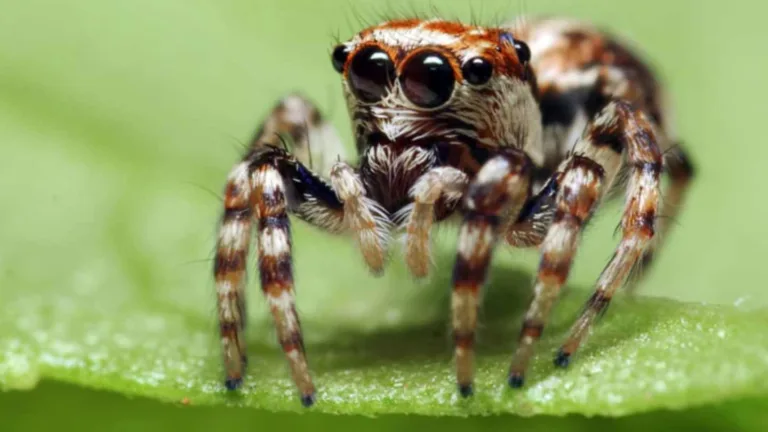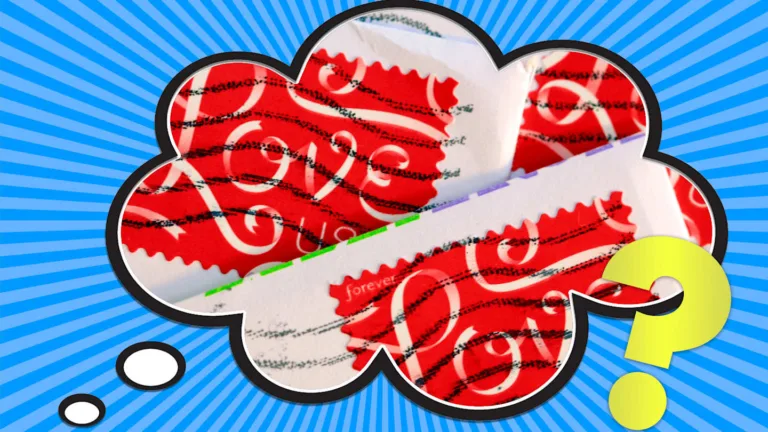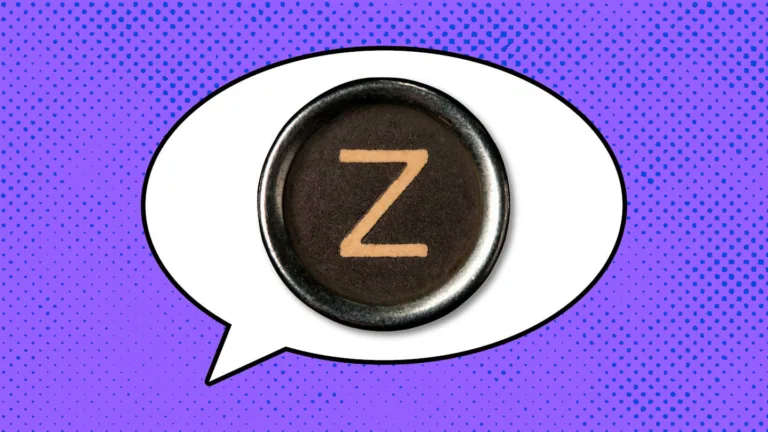Have you ever looked at a honeycomb or a cluster of bubbles and felt a sudden wave of disgust? Maybe even a shiver down your spine? You’Re Not Alone. Many people experience what’s Known As trypophobia, a fear or aversion to clusters of small holes.
It might sound strange, but this feeling is surprisingly common. While it’s not officially recognized as a mental disorder, countless online forums and discussions are dedicated to sharing experiences with trypophobia. People describe feelings of nausea, itchiness, and even fear when they encounter Things Like Sponges, Lotus Seed Pods, or even the skin textures of Certain Animals.
Researchers believe that trypophobia might have Deep Evolutionary Roots. Could it be that our ancestors developed this aversion as a way To Avoid Dangerous diseases? Imagine stumbling upon someone with boils or festering wounds – those clusters of holes would signal potential illness and infection. Avoiding such individuals might have been crucial for survival, and over time, this instinctive response could have evolved into the more generalized reaction we Experience Today.
The Trypophobia Phenomenon
The weird thing about trypophobia is that it’s not just about the visual appearance of holes. It seems to trigger a visceral reaction in those who experience it, even if they can intellectually understand that the object causing their unease is harmless. It’s like something deep within them Kicks Into Overdrive, creating feelings of disgust and discomfort that go beyond simple aesthetics.
This phenomenon has fascinated researchers who are trying to unravel the mysteries of trypophobia. Some have proposed that our brains might have a built-in recognition system for patterns associated with danger, such as clusters of holes that Resemble Insect Bites, Venomous Creatures, or even diseased tissue. This could lead to an automatic “fight or flight” response, even if the object triggering the reaction is completely benign.
 Weird Facts Utah: Beyond Red Rocks & National Parks
Weird Facts Utah: Beyond Red Rocks & National ParksImagine someone looking at a picture of a cluster of barnacles on a rock. To most people, it’s just an interesting image of nature. But for someone with trypophobia, those clustered barnacles might trigger a wave of nausea and anxiety, making them want to look away immediately. This highlights how deeply this aversion Can Run, influencing our emotional responses even when we know logically that there’s No Real Threat.
Evolutionary Roots Of Fear
The idea that trypophobia could have evolutionary roots is fascinating. It suggests that our fear of holes might be deeply ingrained in our DNA, passed down from ancestors who relied on this aversion for survival.
Think about it: thousands of years ago, avoiding individuals with boils or skin infections would have been crucial for Staying Healthy. Those clusters of inflamed pores and lesions could have easily spread disease, so a natural aversion to them Would Have Made Sense. This fear might have acted as a protective mechanism, helping our ancestors avoid contact with potentially harmful individuals and preventing the spread of illness.
Over time, this instinctual response could have evolved into what we now know as trypophobia, where a general dislike for clusters of holes developed, even in the absence of any Real Threat. It’s like an exaggerated version of our initial fear of disease-Carrying Lesions, now generalized to a wider range of harmless objects.
Disease-Related and Irrelevant Images
To test their theory about the evolutionary origins of trypophobia, researchers Tom Kupfer and An T. D. Le conducted a fascinating experiment. They showed self-described trypophobes and a control group images of hole clusters on both disease-Related Objects (animals and human body parts) and disease-Irrelevant Objects (inanimate objects).
 Weird Facts Utah: Beyond Red Rocks & National Parks
Weird Facts Utah: Beyond Red Rocks & National Parks Moist Word: Unveiling the Science Behind Disgust
Moist Word: Unveiling the Science Behind DisgustThe results were quite interesting. Both groups felt repulsed by the images of hole clusters on animals and humans, suggesting that our innate aversion to potential disease vectors is strong and widespread. However, only the trypophobes reacted negatively to the harmless images of hole clusters on inanimate objects. This strongly supports the idea that trypophobia is an exaggerated and overgeneralized version of our evolutionary response to disease-Carrying Lesions.
Essentially, those with trypophobia seem to have a heightened sensitivity to hole patterns, even when they are presented in a completely safe context. It’s like their brain has been wired to see potential danger where there is none, creating a constant state of unease around clusters of holes.
Testing the Hypothesis
To really get to the bottom of this phenomenon, researchers decided to put trypophobia to the test. They designed a clever experiment involving two groups of participants: Those Who self-identified as having trypophobia and a control group with no reported aversion To Holes.
Both groups were shown images featuring clusters of holes in various contexts. Some images depicted harmless objects like honeycomb or bubble wrap, while others showed diseased skin lesions or animal bites. The researchers then measured the participants’ Reactions To These Images, looking for signs of disgust, fear, and anxiety.
The results were pretty telling. While both groups reacted negatively to images of disease-Related Holes, only the trypophobes expressed significant distress when viewing images of harmless clusters of barnacles or even a simple pattern of evenly spaced dots. This strongly suggested that trypophobia is more than just a general dislike of holes – it’s a heightened sensitivity specifically triggered by patterns resembling those associated with disease and danger.
Beyond Clusters: Implications for Adaptive Responses
The findings about trypophobia raise some fascinating questions about how our brains process information and respond to potential threats.
It seems that our aversion to clusters of holes might not just be a response to immediate danger, but also a reflection of our evolved ability to anticipate and avoid Future Risks. Even harmless patterns can trigger this response because our brains are wired to recognize them as potentially dangerous based on past experiences and learned associations. This highlights the incredible power of Our Adaptive Responses – even though we might not consciously Realize It, our bodies and minds are constantly working to keep us safe from harm.
Understanding trypophobia could offer valuable insights into how other phobias develop and how our brains make decisions about Potential Threats. It also reminds us that sometimes, our most primal instincts can lead to unexpected and fascinating responses to Everyday Stimuli.










